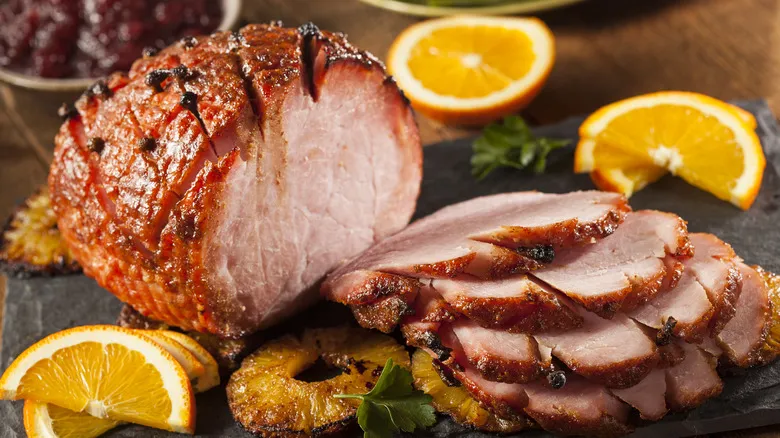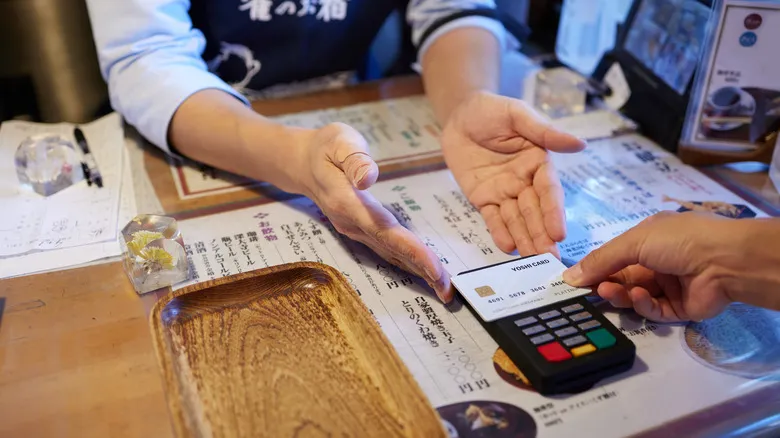Uncover your ham when it's time to glaze

While it's crucial to cover a ham to maintain its moisture, there is one moment during the cooking process when it should be left uncovered: after applying the glaze. However, be cautious not to do this too soon, as it could lead to burning the glaze and drying out the ham. The glaze should be added in the final 30 minutes to an hour of cooking. This is when the glaze can caramelize on the meat, giving the outer layer of the ham a delightful crispiness.
At this stage, it's also a good idea to increase the heat slightly. Although the secret to a delicious ham is cooking it slowly at a low temperature, after glazing, higher heat works to your advantage. It's generally advised to cook fresh or pre-cooked ham at 325 degrees Fahrenheit, although some methods suggest a lower temperature of 250 degrees to help retain moisture. Regardless, once the glaze is on, you can raise the temperature to between 375 and 400 degrees Fahrenheit. Depending on the type of glaze or recipe you’re using, you can also add more sauce every 15 minutes, rotating the ham to ensure even caramelization. As long as you remember to keep the ham covered until it's time to glaze, you'll end up with a flavorful, juicy ham with no dry spots.
Recommended

The Etiquette Tip To Always Keep In Mind When Dining At Restaurants In Japan

How A Piece Of Bread Is The Answer To A Smokey Air Fryer

The Unique Cut Of Fish Martha Stewart Uses For Her Fish Burgers

11 Tips You Need When Cooking New England Clam Chowder
Next up

